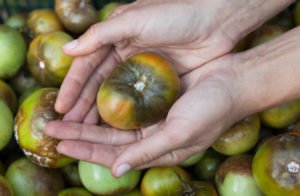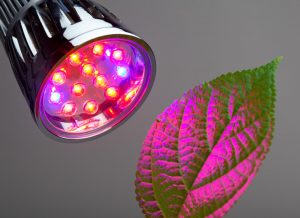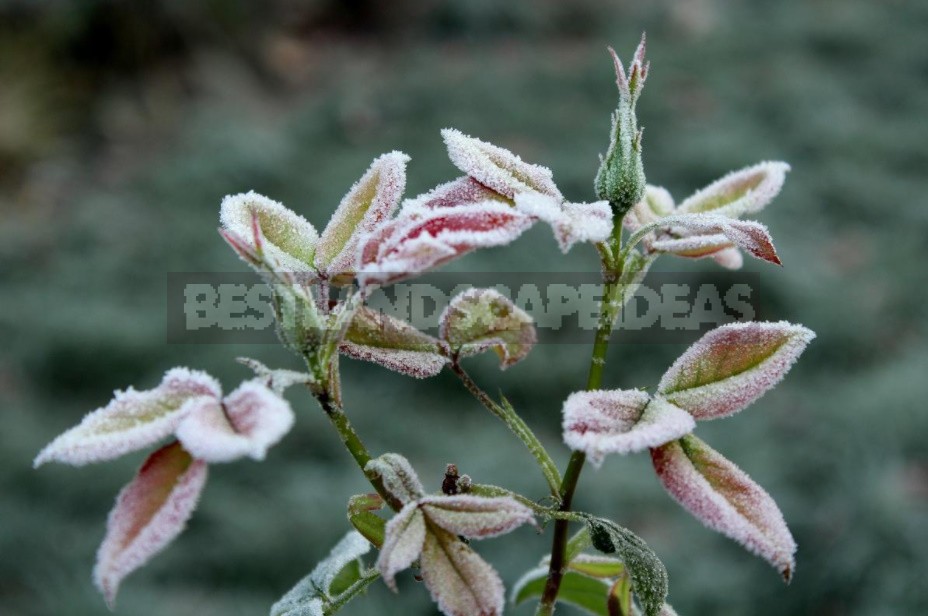
Air-dry shelter
The most reliable shelter for heat-loving plants, but also the most time — consuming-air-dry shelter. It consists of a strong frame that can withstand the weight of snow (usually no more than 60 cm), a warming layer and a moisture-insulating layer.
The frame can be made of thick wire, a wooden box, a shield placed on supports, in the simplest case, you can put a Board. Heat-insulating and at the same time shading material can be lutrasil (spunbond) or panels sewn from old fabric, and any: synthetic, wool, cotton. Moisture-insulating layer-transparent or black plastic film, roofing material. Very good silver film, sold as a mulch: it is opaque, but does not heat up as black. When using a transparent film without shading in the spring, the shelter turns into a greenhouse, and the plants overheat.
The main problem of covering with a film is dampness. To ensure dryness in the shelter, you can use the following method. Remove weeds, fallen leaves, etc. from the shelter; remove all the leaves from the covered plants; pre-dry the flower garden by making a film roof over it, or cover the entire surface with dry earth (for example, from a dried greenhouse); use only dry materials.
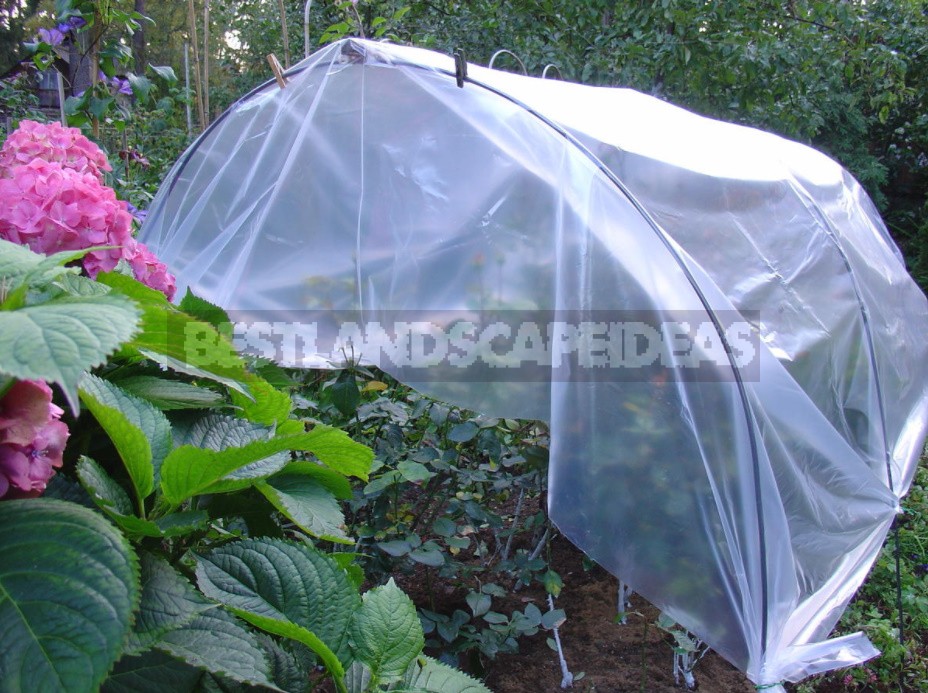
It is necessary to make airings for ventilation, they can be closed tightly with a film when frosts occur, or you can leave several layers of lutrasil closed for the whole winter to provide a little airing during thaws and in the spring.
The timing of the shelter depends on the characteristics of the plants. So, heat-loving hydrangeas can be covered from the beginning of October, after the beginning of systematic frosts, and roses-only from the end of October, since earlier shelter requires that they be cut earlier, and this can cause autumn growth of shoots and their subsequent death. But I consider it very harmful to wait for frost to set in order to start hiding, as many manuals recommend. Usually, the cold snap is accompanied by snow, which makes it difficult to cover the roses, and with proper shelter and the presence of airdrops, the roses will never be protected. I have been covering roses and hydrangeas in this way for more than 25 years, and they have been preserved very well in all weather conditions, and over the years the temperature has dropped below -40 degrees twice.
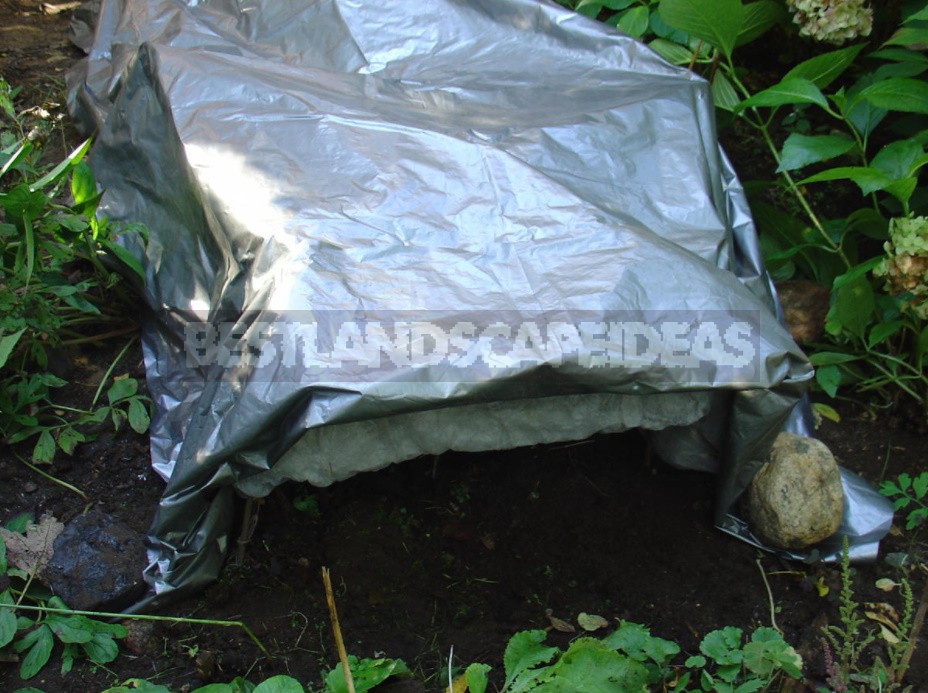
Air-dry shelter requires timely and gradual cleaning in the spring. When the snow comes down from the shelter, you need to open the air vents, then remove the film, and finally remove the entire shelter only after the ground is completely thawed.
Air – “wet” shelter
The difficulties of air-dry shelter make us look for an alternative. It is usually suggested to use spruce branches or its combination with non-woven material. But to make a good shelter, you need a lot of spruce branches. It is almost impossible to buy it, and independent extraction of spruce branches in the forests causes them great harm.
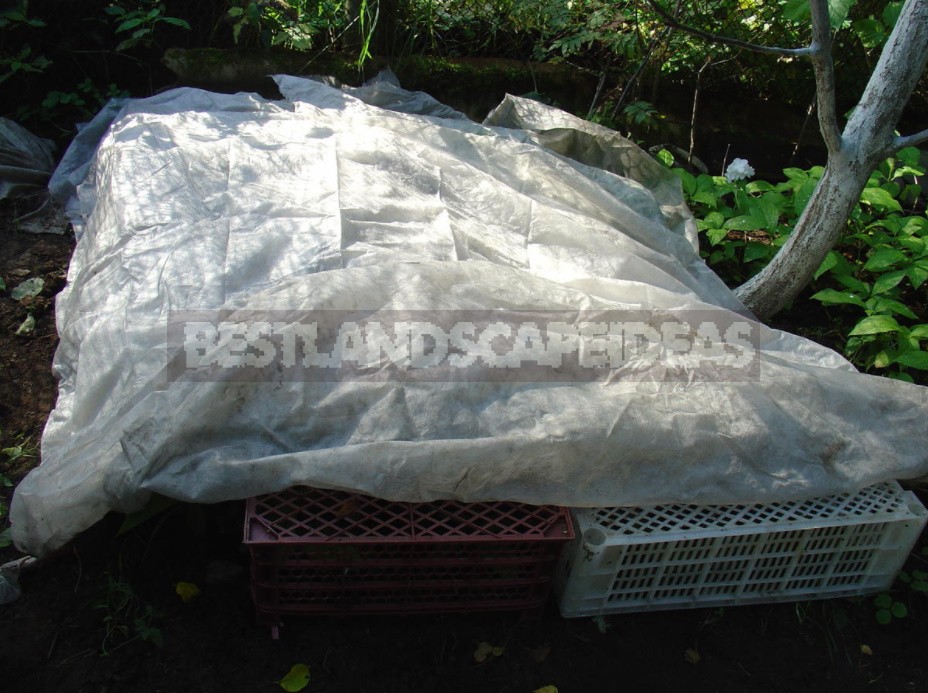
The meaning of such a shelter is that an air layer is preserved around the plant, but the plant is not isolated from moisture and can get wet and dry, constantly being ventilated. It is important that the plant is not pressed tightly to the ground. Best of all, such a shelter is obtained if a low support (it may not be as strong as in the previous method) is put on a dense non-woven material in 1-2 layers.
Support is easy to make by putting slats on bricks or logs. You can use latticed plastic boxes for vegetables. A very good effect is given by such a shelter for cuttings. Cuttings do not cling to the ground, do not rot and overwinter very well.
Covering chrysanthemums or Phlox in this way (in a frosty snowless autumn), I use as a support the remains of their stems sticking out after pruning, and cover them with a cloth or thick lutrasil. Terms of shelter and spring opening with this method are not critical, plants can be under such shelter in any weather.
Protection of rhododendrons and conifers in winter and spring
In our gardens, we grow mainly cold-resistant rhododendrons and conifers, but they often winter poorly. This is not due to freezing, but to “burn”, rotting or desiccation.
The shelter of such plants differs from the one discussed above. it is important to shade them, protect them from the wind, and break off branches with snow. When hiding evergreens in General, it is very dangerous to use a film, and even dense lutrasil sometimes causes the needles to get stuck. In most cases, I use specially sewn covers made of light fabric (for example, from old sheets).

Covers are selected according to the size of the plants, which also serves as a binding for them. Near the plant, I put a stick above it or a tent made of three sticks (on spherical plants) and put a cover on them, fix it with a rope. Sticks make the shelter cone-shaped, contribute to uniform snow cover, do not allow snow to press the top of the plant.
You can cover evergreens with boxes, but they must have cracks, and only the roof should be covered with polyethylene. Under the creeping coniferous trees, it is good to put pieces of wood or latticed plastic boxes so that the snow does not press them to the ground. Usually plants are burned in early spring, but it is important to shade them in the fall, as it is difficult to do this accurately and in a timely manner in the spring. You need to remove the shading only after the ground is completely thawed, in cloudy weather.
Sum up
Usually plants are covered not in one way, but in a combination of several. For example, climbing roses are hilled, tilted, and then covered.
Plants die from the wrong, not from too good, warm shelter. Once again, I want to emphasize that the warmest shelter is obtained when using a film, since it does not allow warm air rising from the ground to come out of the shelter. However, it is very important to follow the following rules:
- lay the tape on the supports, it is better to have lutrasil;
- avoid contact of the film with plants;
- do not cover plants with leaves on wet ground;
- time to ventilate and clean the shelter.

If it is impossible to follow all the rules, it is better to completely abandon the film. The effectiveness of the shelter strongly depends not only on the climate of a particular place, but also on the weather of the next winter, and this is impossible to predict. Therefore, it is necessary to cover so as to improve wintering conditions in any possible weather. I always ask myself the question: “How will the shelter I have planned behave in this or that weather?”
The main principle: “do no harm!”
Growing a wide range of plants, especially in the Northern regions, it is impossible to do without their shelter. It is important to choose more stable species and varieties, to observe optimal agricultural techniques and, above all, not to overfeed plants with nitrogen fertilizers (completely exclude nitrogen from top dressing from August!), to fight diseases and pests in a timely manner, and to observe the planting time, especially in autumn. All this will reduce the work on the shelter to a minimum.
